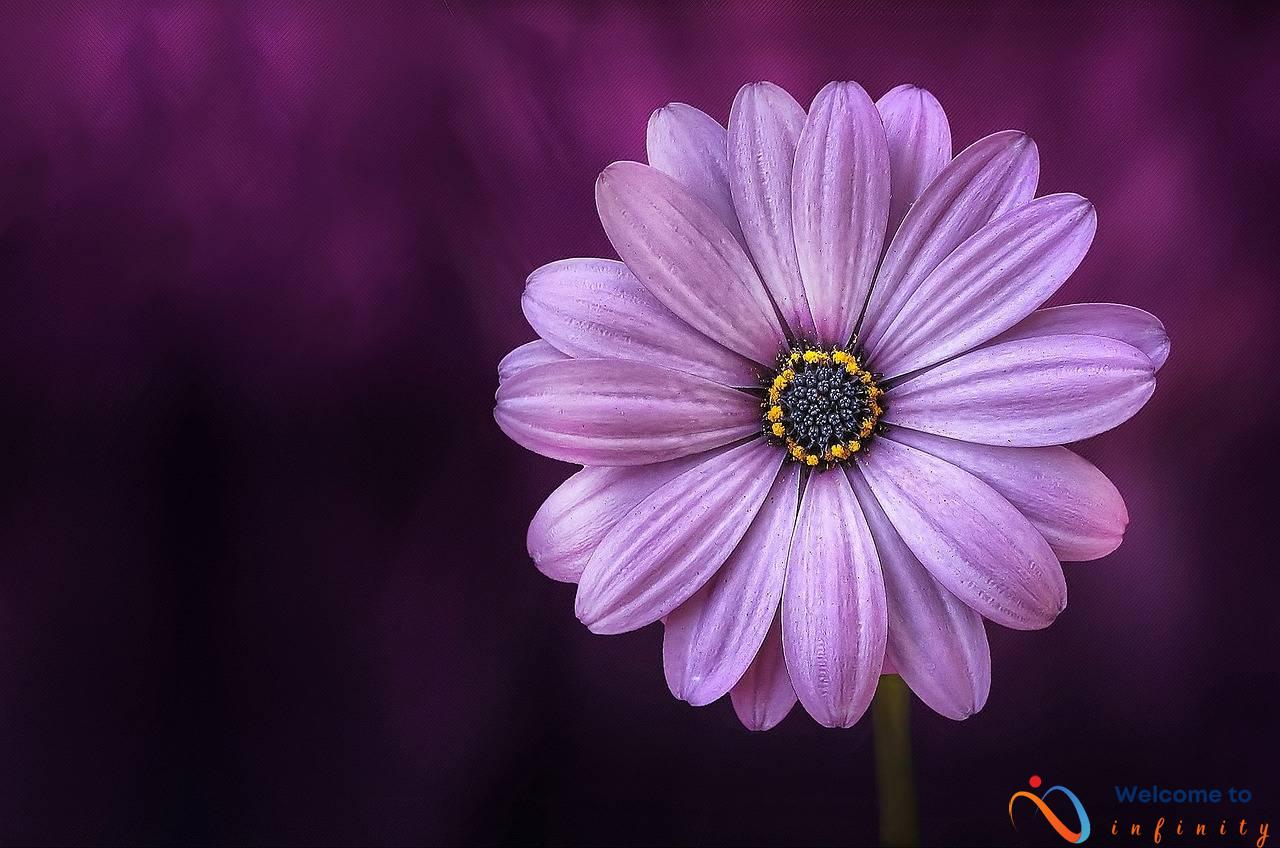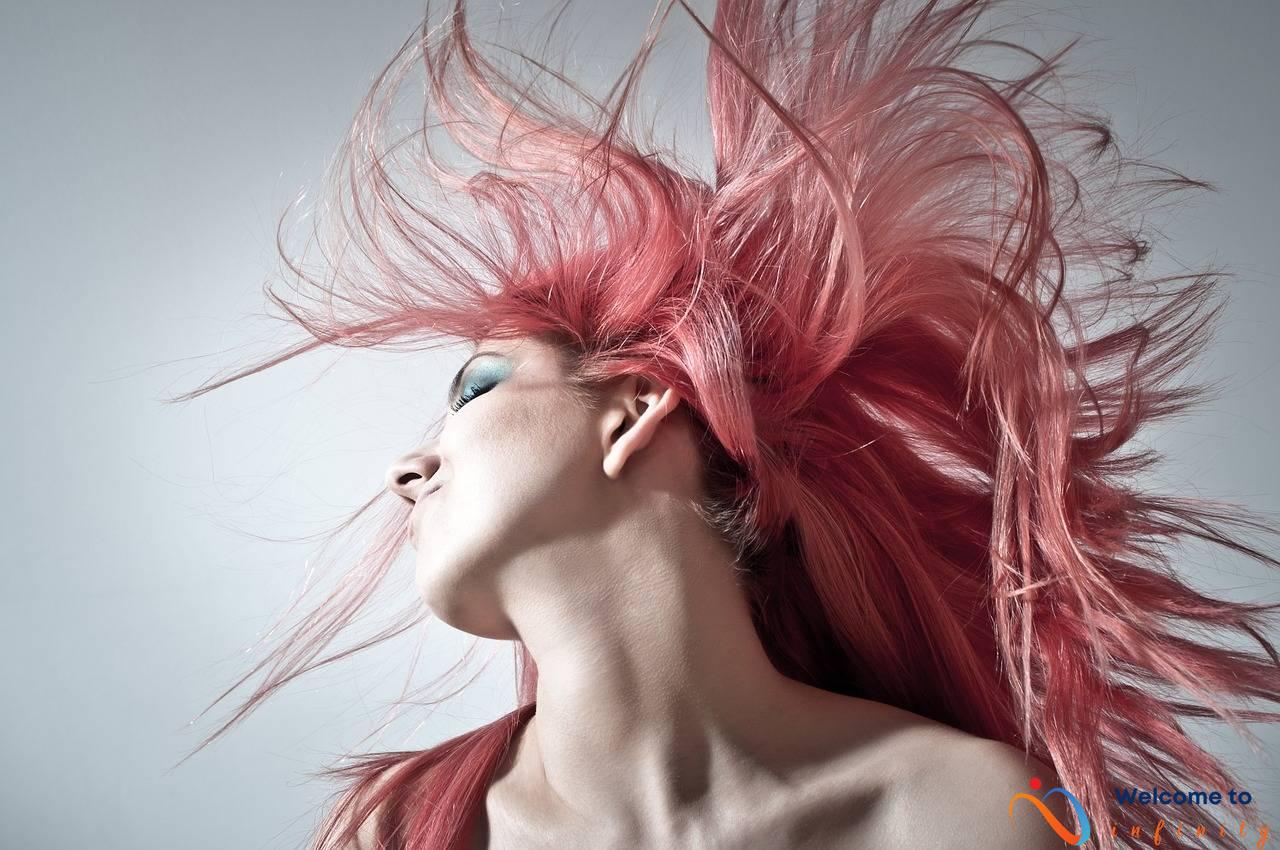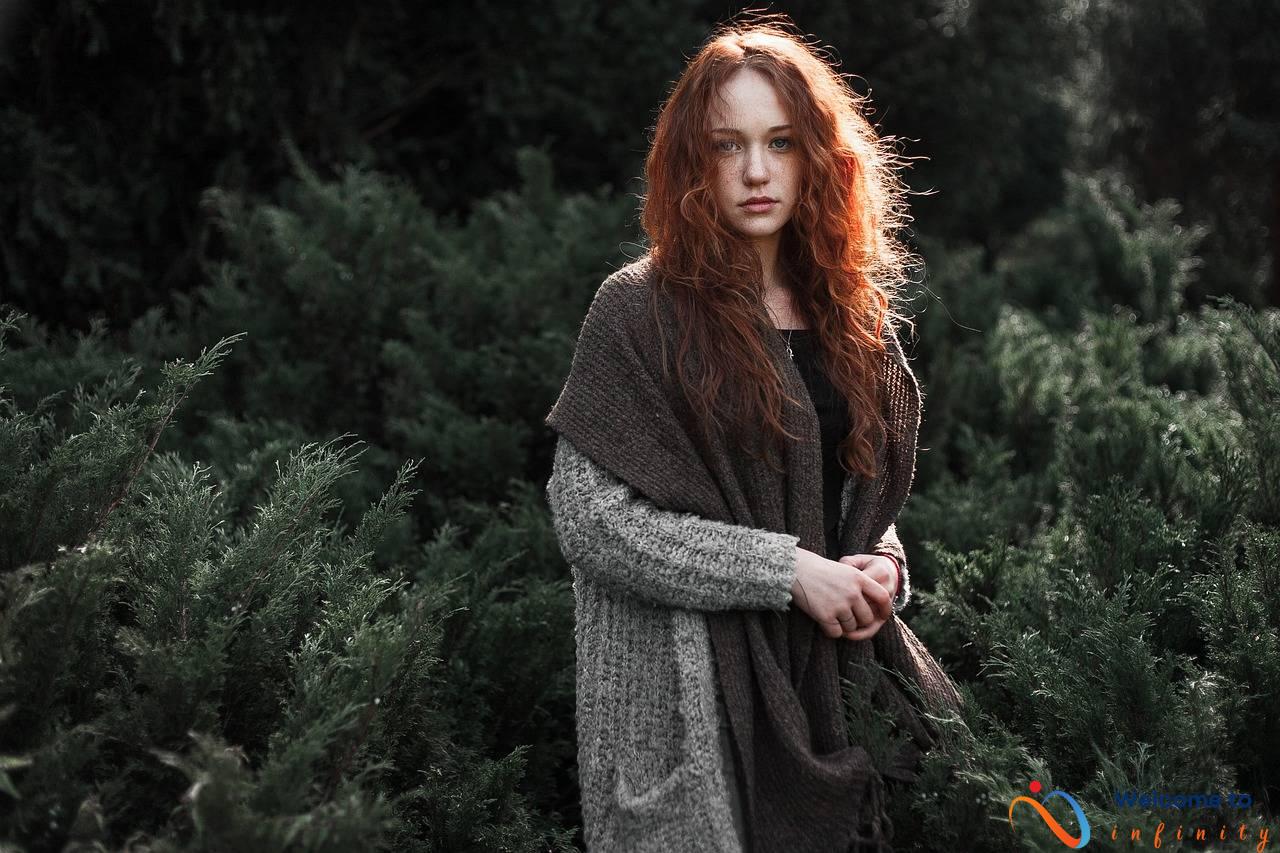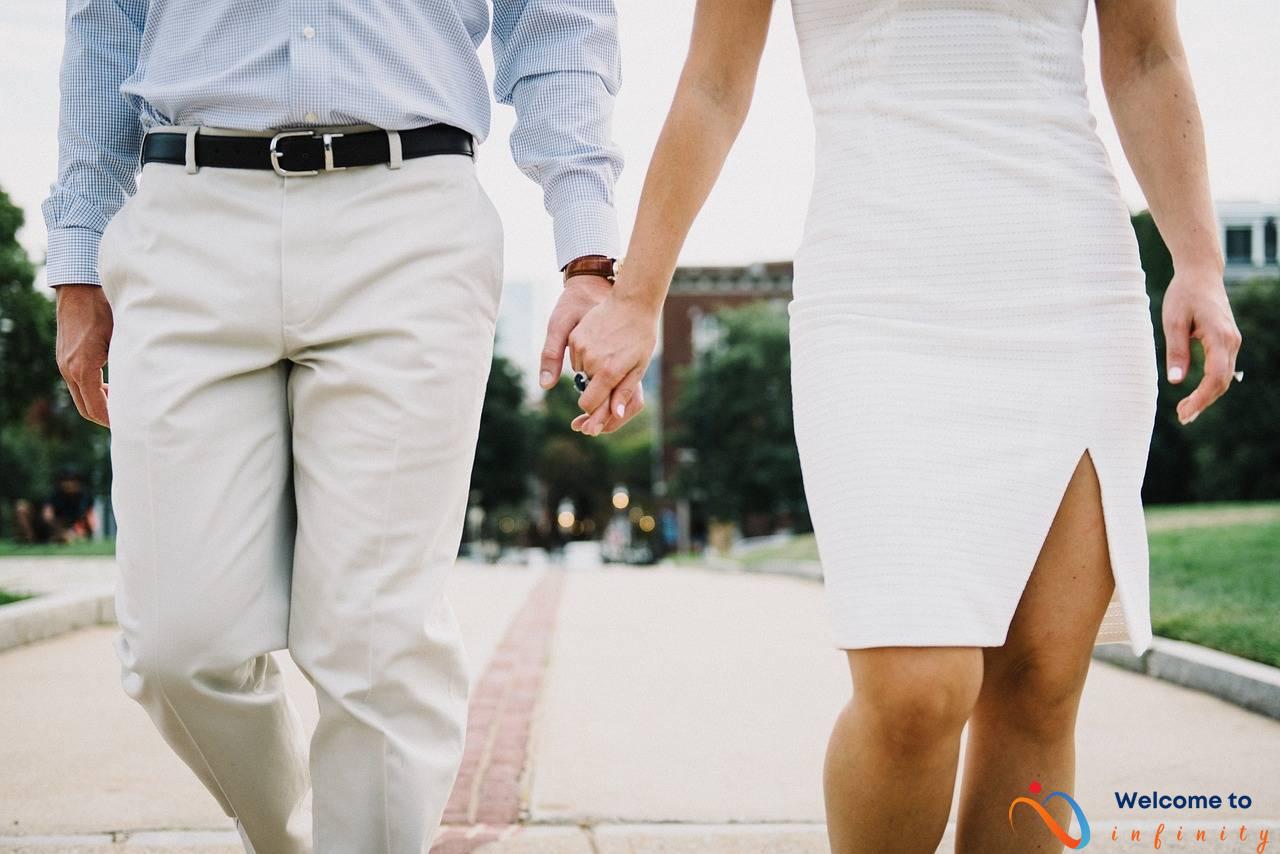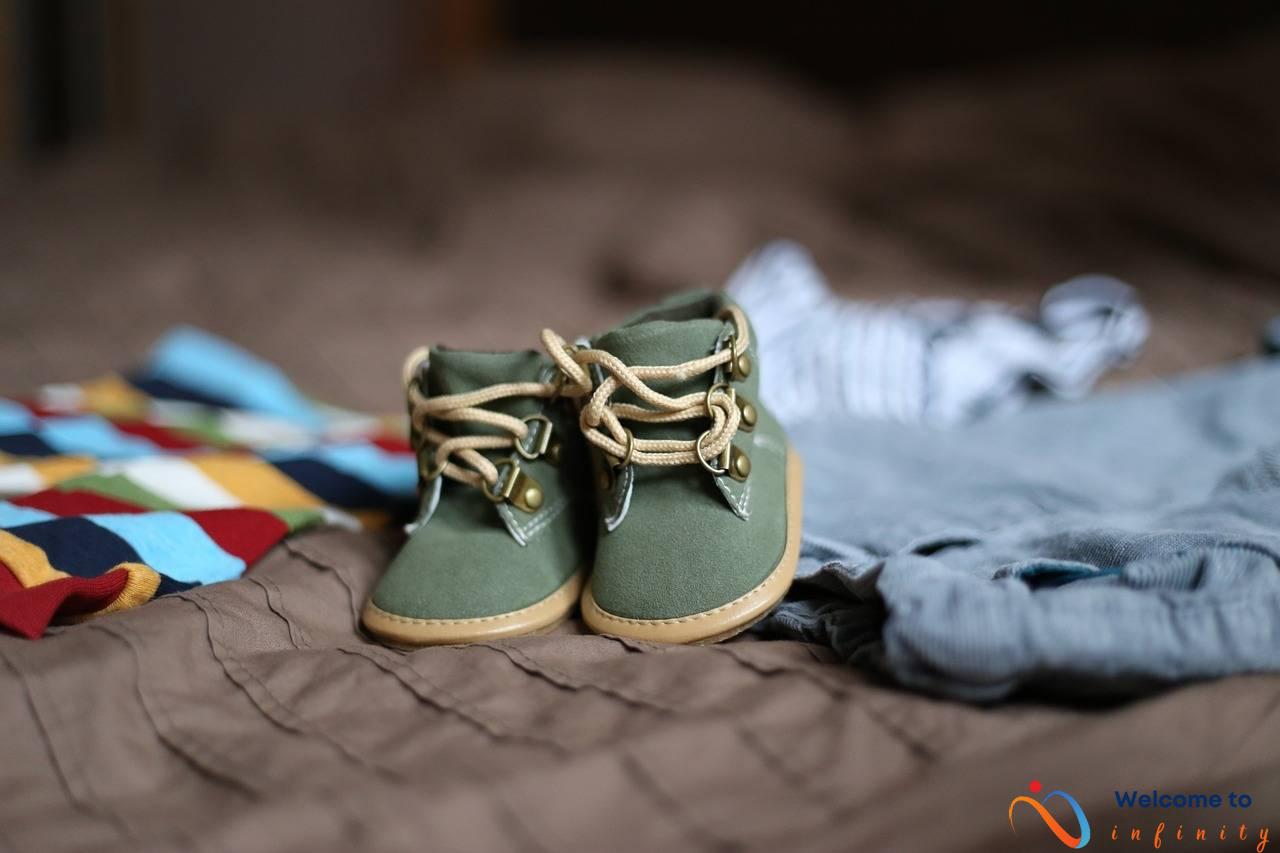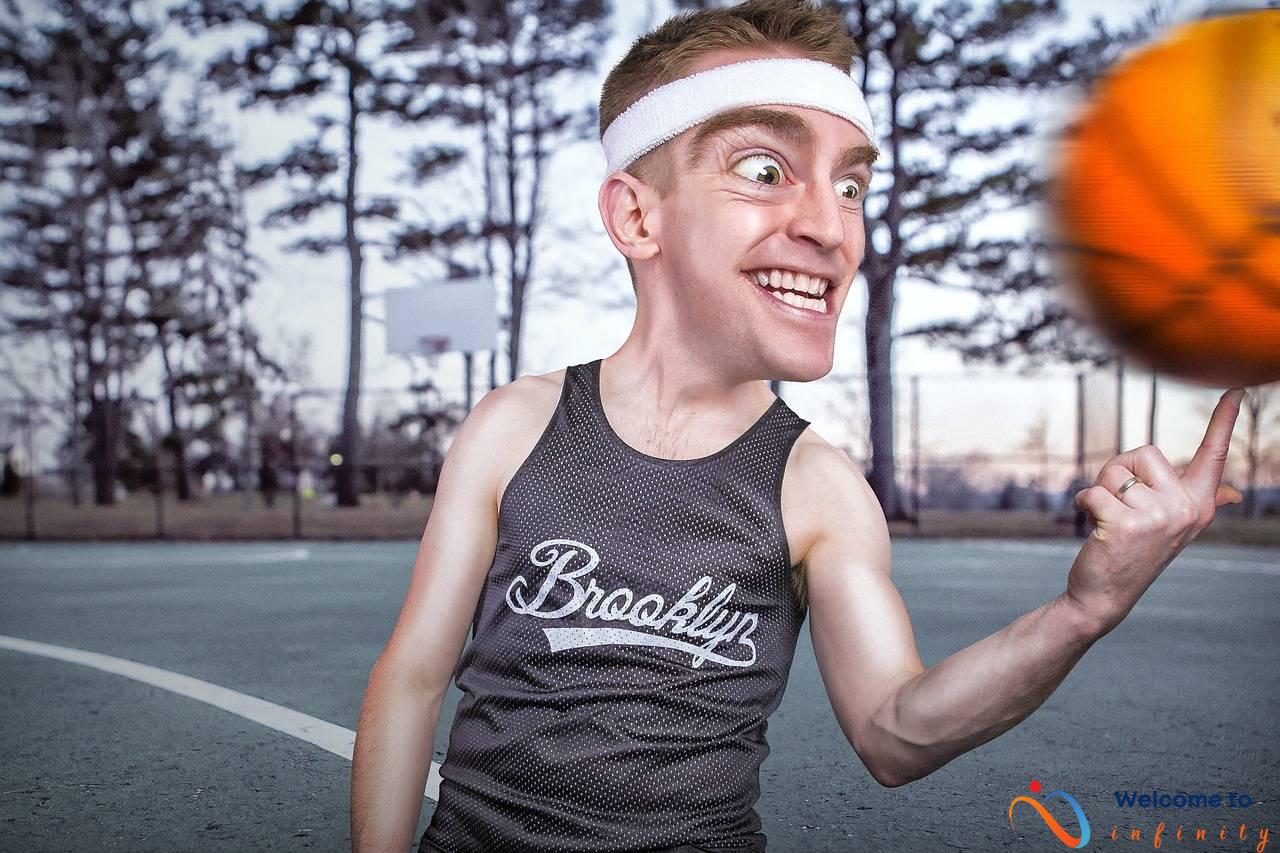For years, fashion week shows have been divided into men's and women's events, but designers are now challenging this traditional format. By breaking down these gender barriers, fashion shows are becoming more inclusive and diverse, allowing everyone to feel represented in the fashion world.
At some fashion shows, models are now wearing clothing that is gender-fluid, meaning it is not specifically designed for men or women. This trend is becoming more popular as people reject traditional gender roles and embrace a fashion world that celebrates individuality.
Not only are designers creating gender-fluid clothing, but some celebrities are also joining in and breaking down gender norms on the runway. Harry Styles and Billy Porter are just a few examples of celebrities who have been seen wearing gender-fluid outfits at fashion shows. This helps to create more acceptance for non-traditional fashion and promotes individual expression.
Furthermore, many designers are now creating runway shows that include models of different genders, ages, and sizes. This helps to showcase a wider range of beauty and make fashion more accessible to everyone. Some fashion shows have also taken it a step further by including people with disabilities and chronic illnesses on the runway, creating even more inclusivity in the industry.
As the fashion industry continues to evolve, there is a push for more diversity in fashion shows, including gender diversity. Many organizations are now offering support and training to underrepresented groups to help them break into the industry and make their voices heard. By breaking down gender barriers and promoting inclusivity, the fashion industry can continue to grow and evolve in a positive way.
The Rise of Gender-Fluid Fashion
The fashion industry is starting to embrace gender-fluid fashion, which allows individuals to express themselves without being limited by traditional gender roles. Gender-fluid clothing is designed to be worn by anyone, regardless of their gender identity, making fashion more inclusive and accessible to a wider range of people. This trend has been gaining popularity in recent years, as people push for more diversity and acceptance in the fashion world.
Gender-fluid fashion can take many forms, from androgynous clothing that blurs the lines between male and female fashion, to more avant-garde designs that challenge traditional gender norms. This trend is also impacting the beauty industry, with gender-inclusive makeup lines and skincare products becoming more popular. Many clothing brands are now offering gender-neutral collections and collaborating with queer designers to create clothing that is both stylish and gender-free.
- The rise of gender-fluid fashion is not just a passing trend.
- It is a movement towards inclusivity and diversity in the fashion industry.
- Gender-fluid clothing allows individuals to express themselves without being limited by traditional gender roles.
- Designers are starting to create runway shows that include models of different genders, ages, and sizes, making fashion more accessible to everyone.
Celebrities have also helped to popularize gender-fluid fashion, with artists like Harry Styles and Janelle Monáe wearing gender-neutral clothing to red carpet events and fashion shows. As the world becomes more aware of issues around gender identity and expression, it is likely that the trend towards gender-fluid fashion will only continue to grow. By breaking down gender barriers and challenging traditional beauty standards, gender-fluid fashion is helping to create a more inclusive and diverse fashion industry.
What is Gender-Fluid Fashion?
Gender is no longer a boundary for fashion. The trend of gender-fluid fashion is changing the fashion industry, making it more accepting and inclusive. Gender-fluid fashion is a style of clothing that breaks down traditional gender norms and is not exclusively designed for men or women.
As people reject traditional gender roles, more individuals are embracing gender-fluid fashion. This trend is becoming popular with models and fashion enthusiasts of all genders, and designers are starting to take note of this shift.
A significant advantage of gender-fluid fashion is that it helps to promote diversity and inclusivity in the fashion industry. People of all genders can wear and enjoy themselves regardless of what traditionalists say. Clothing is no longer just a signifier of gender identity but an iconic symbol of individual self-expression.
As the demand for gender-fluid fashion continues to rise, fashion designers are starting to incorporate this trend into their runway shows. It opens up an opportunity for a wider range of people, including people of different genders, sizes, and ages, to express themselves through fashion.
Gender-fluid fashion is a trend that is grounded on breaking down the stereotypes of traditional gender roles. It is a trend that is open to all and reflects the diversity of the modern world. The future of fashion is one that is inclusive and accepting of everyone, regardless of their gender identity is safe in the industry.
Celebrities Breaking the Mold
Celebrities are using their platforms to break down gender norms in fashion. They are paving the way for more fluid fashion choices and creating more acceptance for non-traditional styles.
Harry Styles is one of the most notable celebrities breaking the mold. He has been seen wearing dresses, skirts, and other feminine clothing on the runway and at fashion shows. This has caused a stir in the fashion industry and sparked conversations about gender norms.
Similarly, Billy Porter has always been an advocate for gender fluidity in fashion. He is often seen wearing bold and daring outfits that challenge traditional gender norms. His presence on red carpets and at events has helped to make gender-fluid fashion more mainstream and accepted.
- Harry Styles and Billy Porter are not the only ones embracing gender-fluid fashion. Other celebrities such as Janelle Monae, Cara Delevingne, and Zendaya have also been seen wearing non-traditional outfits on the red carpet and at events.
- This trend towards gender-inclusive fashion is a step towards creating more accepting and diverse societies. It signifies a move beyond traditional gender roles and promotes equality in all areas of life.
By breaking down gender norms in fashion, celebrities are influencing the fashion industry to become more inclusive and diverse. They are challenging traditional notions of gender and promoting the idea that fashion should be accessible to everyone, regardless of their gender identity.
Celebrities Wearing Gender-Fluid Outfits at Fashion Week
Gender-fluid fashion is not just a trend, it's a movement that seeks to break down the binary constraints and bring more acceptance and inclusivity in the fashion industry. Celebrities such as Harry Styles and Billy Porter have taken the lead, wearing gender-fluid outfits on the runway and at fashion shows. Their choice to wear such outfits not only challenges the norms of traditional fashion but also helps to create a safer space for individuals who identify outside of the traditional male-female binary.
The fashion industry has long been criticized for its lack of diversity and acceptance for non-traditional fashion. But with celebrities like Styles and Porter leading the way, gender-fluid fashion is quickly gaining momentum. Their choices are inspiring fashion designers to conceptualize new designs that break the gendered norms and represent the diversity of fashion consumers.
Moreover, it's not just about their sartorial choices, but also the statements that they make through such outfits. Billy Porter's Met Gala outfit, for example, was a striking reminder that the rigid gender norms should not dictate the way people dress or present themselves. He wore a custom-designed Egyptian-inspired ensemble that included a glittery catsuit with wings and a 10-foot gold wingspan. It was a refreshing take on masculinity, and a bold statement on the fashion industry's need to be more inclusive.
The rise of gender-fluid fashion and celebrities promoting it is sure to push the industry forward, challenging the current norms and encouraging inclusivity. It has the potential to create a transformative impact on the beauty and fashion industry, allowing individuals to express themselves freely without the constraints of traditional conventions.
Designers Embracing Inclusivity
As the fashion industry continues to evolve, so does the need for greater inclusivity. Designers are now recognizing this need and are working to create runway shows that embrace people of all backgrounds and identities. This includes models of different genders, ages, and sizes, as well as showcasing a wider range of beauty.
One way in which designers are embracing inclusivity is through creating clothing that is not restricted to traditional gender norms. Gender-fluid fashion has become increasingly popular, and designers are recognizing the importance of creating clothing that can be worn by anyone, regardless of their gender identity.
Inclusivity also extends beyond the runway. Some designers are now offering training and support to underrepresented groups, such as people of color and individuals from lower socioeconomic backgrounds. By doing so, they are helping to break down barriers and create opportunity within the fashion industry.
- Examples of designers embracing inclusivity:
- Christian Siriano, who frequently includes plus-size models in his runway shows
- Alexander McQueen, who has featured models with disabilities in his shows
- Gucci, who has included non-binary models in their campaigns
These designers are pushing the boundaries and challenging the traditional norms of the industry. By doing so, they are helping to create a more diverse and inclusive space within fashion, helping people feel seen and represented.
Inclusive Runway Shows
Designers are breaking down the traditional gender barriers and embracing inclusivity on the runway. Inclusive runway shows are now becoming more common, as designers are featuring models of different genders, ages, and sizes to showcase a wider range of beauty and make fashion more accessible to everyone.
These shows not only promote inclusivity and diversity but also challenge traditional norms in the fashion industry. By featuring models of different genders, ages, and sizes, designers are breaking down the unrealistic beauty standards that have dominated the industry.
A notable example is the recent Savage X Fenty lingerie show curated by Rihanna, which featured models of all sizes, shapes, and genders walking the runway. Rihanna's show was praised for its celebration of diversity and inclusive casting, inspiring other designers to follow suit.
Inclusivity not only benefits the audience but also the fashion industry by creating a more accepting and tolerant environment. It can attract a wider audience and enhance the visibility of designers who embrace inclusivity. Inclusivity helps the industry take steps towards being a more representative and fairer world, where everyone can feel represented and included.
By including models of different genders, ages, and sizes on the runway, fashion designers are creating a more welcoming, diverse and inclusive environment that represents their audience. This change towards inclusivity is helping to challenge the stereotypical beauty standards and showcase a broader range of beauty, regardless of age, gender, or size.
Challenging the Fashion Industry
The fashion industry has long been criticized for its lack of diversity and inclusion. However, in recent years, there has been a growing movement to challenge and change this. From grassroots organizations to major fashion houses, there is a push for more representation and acceptance in the industry.
One way this is being done is through the inclusion of underrepresented groups in fashion shows and campaigns. This includes models of different races, sizes, ages, and genders. By showcasing a wider range of beauty and diversity, fashion is becoming more accessible and inclusive for everyone.
Some organizations are also offering training and support to those who have traditionally been underrepresented in the industry. This includes people of color, individuals from lower socioeconomic backgrounds, and those who identify as LGBTQ+. By providing resources and opportunities, these groups can break into the industry and make their voices heard.
However, there is still much work to be done. The fashion industry has a long way to go in terms of true diversity and inclusivity. while progress is being made, it is important for continued efforts to be made to push for change and equality. Everyone deserves the opportunity to feel represented and included in the world of fashion.
Pushing for More Diversity in Fashion Shows
In the past, the fashion industry has been known for its lack of diversity, but many people are now pushing for change. One area where this is particularly important is in fashion shows. No longer do people want to see only tall, thin, and conventionally attractive models on the runway. There is a growing call for more diversity in fashion shows, including gender diversity to showcase clothes for everyone.
Fortunately, some organizations are now offering training and support to underrepresented groups to help them break into the industry and make their voices heard. One such organization is the Fashion Scholarship Fund, which provides financial aid, mentorship programs, and internships to students from underrepresented communities.
Other organizations and initiatives are working to create more diverse fashion shows, with models of different ages, sizes, and genders walking down the runway. They want to break down barriers that have existed in fashion for far too long and encourage everyone to embrace their unique sense of style.
Ultimately, the push for more diversity and gender inclusivity in fashion is about creating a brighter future. Fashion shows should represent all members of society and provide a platform for everyone to express themselves. With the support of forward-thinking organizations and individuals, the fashion industry can embrace this change and move towards a more inclusive and diverse future.


